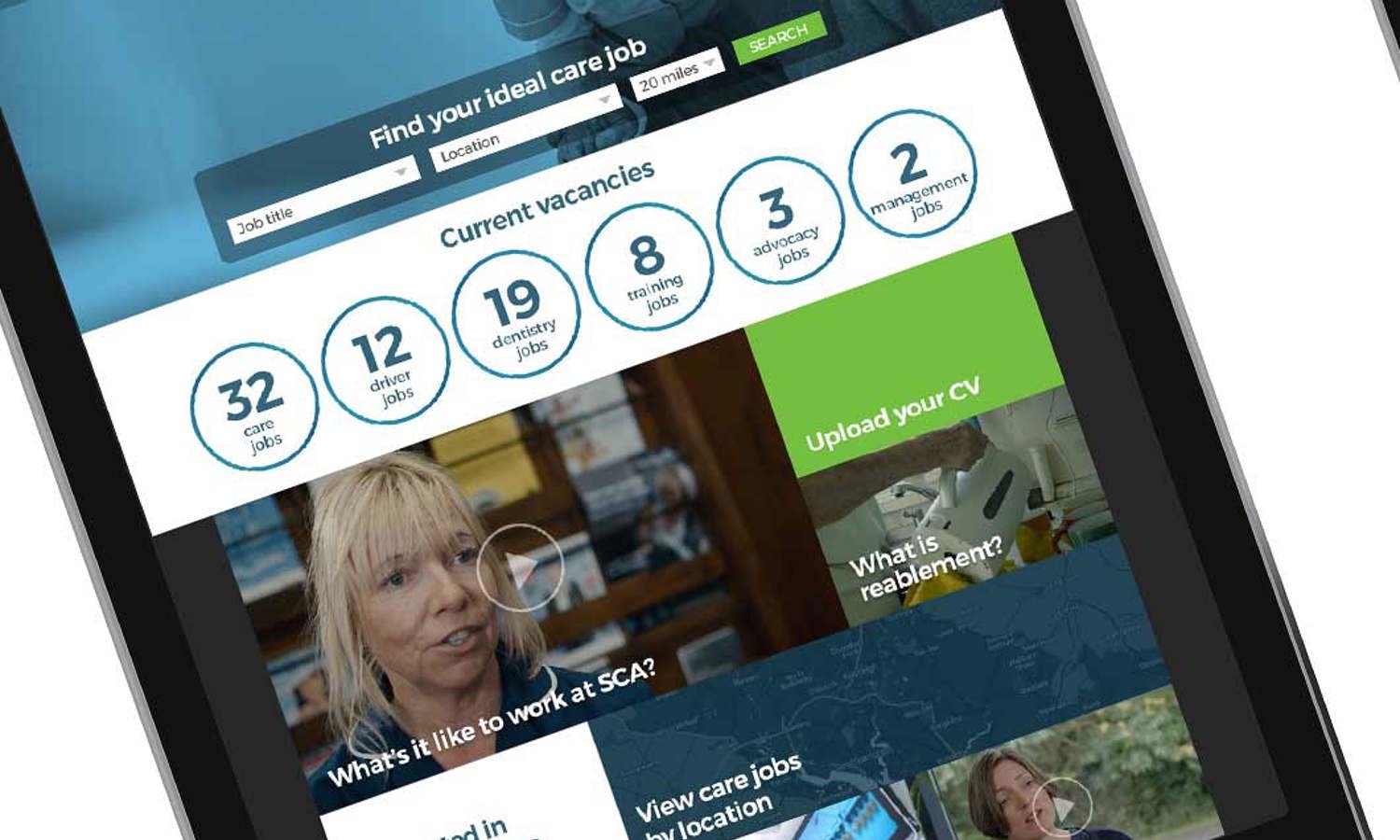Five ethical steps to boost your Glassdoor ratings
So, if you wish to have a more balanced Glassdoor rating, you may have to do a little work to encourage your satisfied employees to submit a review. And by a little work, we don’t mean putting them under pressure to do so.
Step 1: Act upon Glassdoor (and other) employee feedback
Employee survey fatigue only exists where employees don't believe that what they say or think actually makes a difference. Improvement themes from employee voice mechanisms should be shared by senior leadership with employees and progress reported upon. And, importantly, as employees should be seen not as 'the problem' but 'central to the solution' you should encourage them to get involved in improvement initiatives. Everyone loves a trier, and as long as employees can see and hear that you're tackling their issues raised, they're much more likely to have (and hopefully share) positive thoughts about the organisation.
Step 2: Respond to any Glassdoor reviews
It could be that the person leaving negative feedback is out of line, so respond with empathy to bad (and good) reviews with how your organisation tackles the issues raised. For example, if someone criticises their salary, you could respond with how the organisation devises its pay structure, give comparisons to similar organisations etc. This will then give people reviewing your organisation a more balanced view of the issue.
Step 3: Publicise your Employee Value Proposition
Sometimes people just don't know when they've got it good, so remind employees of what you offer beyond the salary. Work with your Internal Communications team to create an EVP reminder campaign, containing elements such as: employee support, wellbeing support, pensions, flexible working patterns, maternity/paternity leave, bonuses, benefits etc.
Step 4: Ask employees to submit reviews at appropriate moments
Sending out an all-colleague email is unlikely to yield much action. Instead focus upon either a key moment in the Employee Lifecycle or a key event. For example:
- After completing probation
- At the one-year anniversary
- At an internal conference
- At a team building event
- After an annual appraisal
- Upon leaving the organisation
What is important is to ensure that you explain what Glassdoor is, why leaving a review is important, and that it's completely anonymous.
Step 5: (Optional) Appoint an external agency to contact employees for reviews
As well as failure to act upon feedback, the other main reason employees don’t fill in surveys is a lack of trust in the confidentiality of the feedback. So, if trust could be an issue at your organisation (and Glassdoor may well tell you if it could be), you may wish to hire someone else to contact employees.
Ultimately, your Glassdoor rating should roughly match that of your employee survey satisfaction levels – but given that angry people are more likely to leave reviews, you may wish to create a Glassdoor strategy. It would be a shame if talent decided against joining your organisation because of unbalanced reviews.


